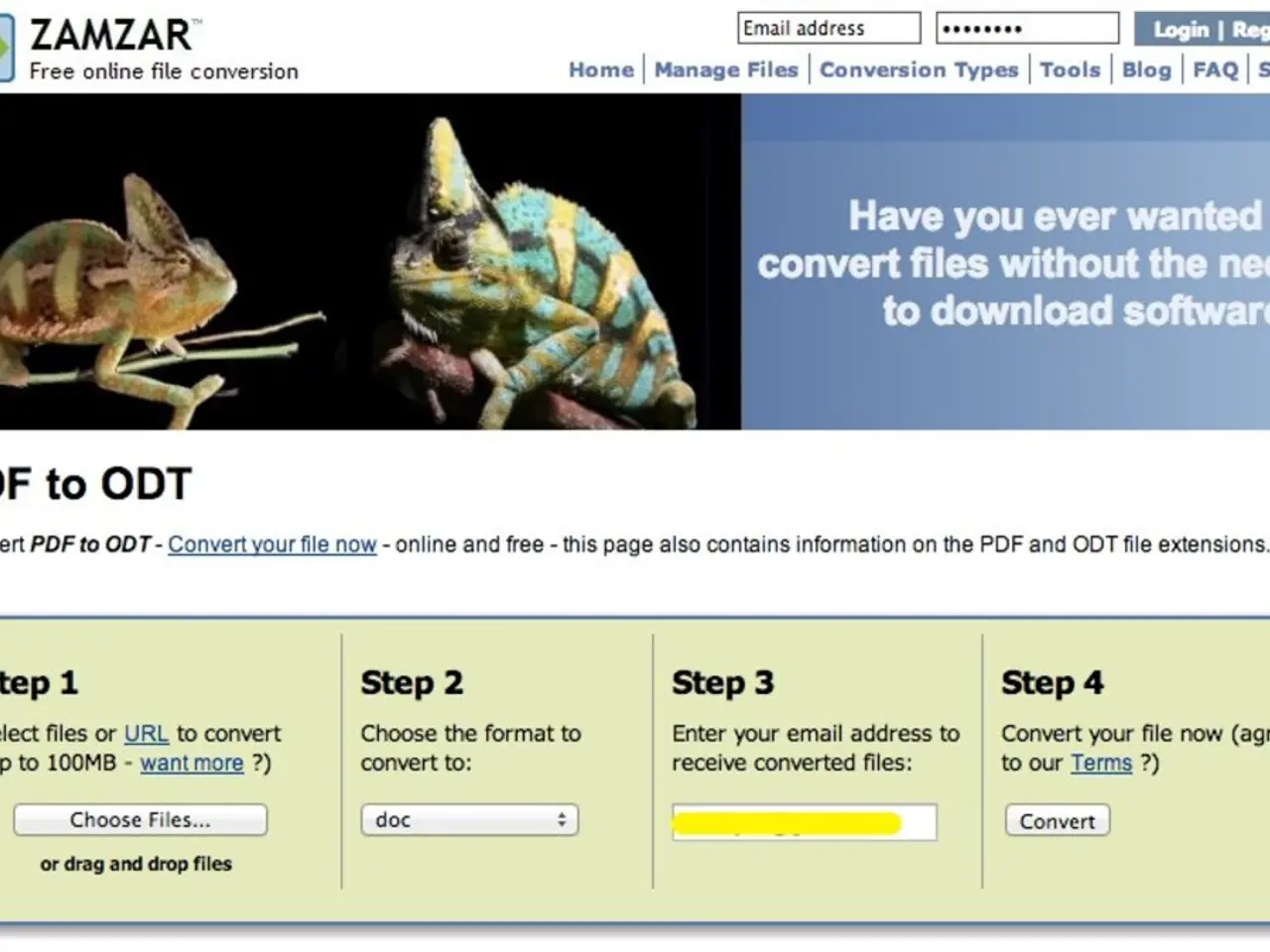Information About Entity Registration Details
In the realm of government contracts, understanding Controlled Unclassified Information (CUI) and its safeguarding requirements is crucial. One such requirement is outlined in 48 CFR 4.1103(c), which points to the authorities that define CUI and mandate its protection.
To locate source documents for CUI authorities, follow these steps:
Understanding 48 CFR 4.1103(c)
This section of the Federal Acquisition Regulation (FAR) addresses the safeguarding requirements for CUI in government contracts. Paragraph (c) specifically points to the authorities—i.e., the laws, regulations, and policies—that define CUI and mandate its safeguarding.
Step 1: Review 48 CFR 4.1103(c) itself
48 CFR 4.1103(c) references the source authorities that govern CUI, often including Executive Orders on CUI, National Archives and Records Administration (NARA) regulations, and other relevant federal directives and statutes.
Step 2: Locate Primary Source Documents
The primary sources for CUI authorities typically include:
- Executive Order 13556 (or the latest EO on CUI) — which established the CUI program.
- 32 CFR Part 2002 — Code of Federal Regulations part that implements Executive Order 13556 on CUI.
- NARA CUI Registry — maintained by the National Archives, which lists categories and markings for CUI.
- Federal Acquisition Regulation clauses related to CUI safeguarding, such as the DFARS (Defense FAR Supplement) clause 252.204-7012 for defense-related contracts.
- Relevant agency-specific regulations that may add or clarify CUI handling.
Step 3: Accessing these documents
- Executive Orders can be found on the White House or Federal Register websites.
- 32 CFR Part 2002 is accessible through the eCFR (Electronic Code of Federal Regulations).
- The NARA CUI Registry is available on the National Archives website.
- FAR and DFARS clauses are accessible via official government repositories of the FAR and its supplements.
Summary:
To find source documents as specified by 48 CFR 4.1103(c):
- Start with EO 13556 on Controlled Unclassified Information.
- Consult 32 CFR Part 2002 for the regulatory framework.
- Reference the NARA CUI Registry for definitions and markings.
- Check related FAR/DFARS safeguarding clauses.
- Look for any additional agency-specific CUI directives or policies.
It's important to note that the category of information discussed here is marked as CONREG, which is an alternative banner marking for basic authorities related to Controlled Unclassified Information. The System for Award Management (SAM), a common source of vendor data for the United States Government, is responsible for the collection of non-public information in this context. This information, being Controlled Unclassified Information, is then provided to the United States Government. The acronym CUI stands for Controlled Unclassified Information.
- In the process of understanding Controlled Unclassified Information (CUI) and its necessary safeguarding in government business, it's essential to consult the authorities that define CUI and mandate its protection, as outlined in 48 CFR 4.1103(c).
- To locate primary source documents for CUI authorities, you can start with Executive Order 13556 on Controlled Unclassified Information, consult 32 CFR Part 2002 for the regulatory framework, reference the NARA CUI Registry for definitions and markings, and check related FAR/DFARS safeguarding clauses, among other agency-specific CUI directives or policies.




